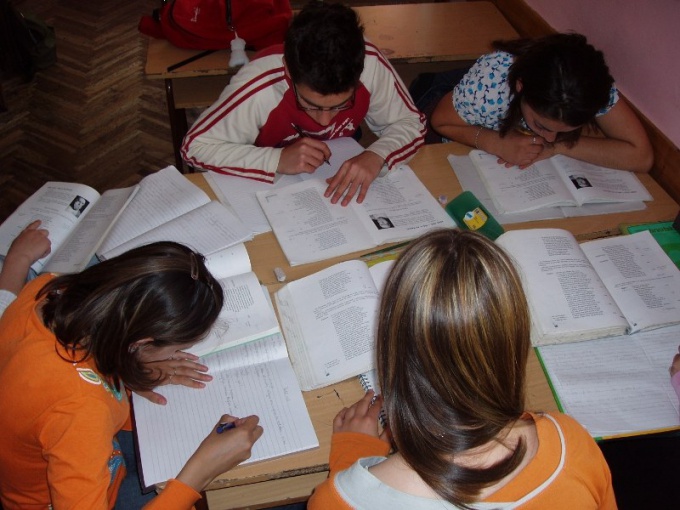Instruction
1
Begin by reading simple child's understanding of the text. Preschoolers and younger students it is better to offer a story or short literary work. If a child can read, ask to do it out loud. Older children will be under the power of stories or educational texts.
2
Divide the text into parts, paragraphs or meaning. Ask your child consistently one question for each passage. Try to give him an opportunity to formulate answers, but if he doesn't, help.
3
Helping your child to answer questions, with him search for the main words or meaningful phrases. Using them, make a plan for writing text or highlight them with a pencil in paragraphs. Do not write in terms of large deals, use 2 to 3 words in each paragraph.
4
Ask the child, looking at the reference of the words to retell the text. Let it be short and terse retelling, not require a lot. Then together return to study the piece to check.
5
Working through the text a second time, point to striking examples accompanying each item of the plan. Expressive definition, images, metaphors, in short, everything that will help him remember the meaning and sequence of items. This is especially helpful for children of primary school age and all who have right-hemisphere thinking. Ask the child to make a second retelling in detail. Prompt how to formulate detailed proposals.
6
Work on the text a third time to clarify minor details, better understanding and memorizing. Then ask the child again, independently, to retell it. Work together several texts within 3 to 5 days, during which time the child will acquire the skill of independent work with them.
